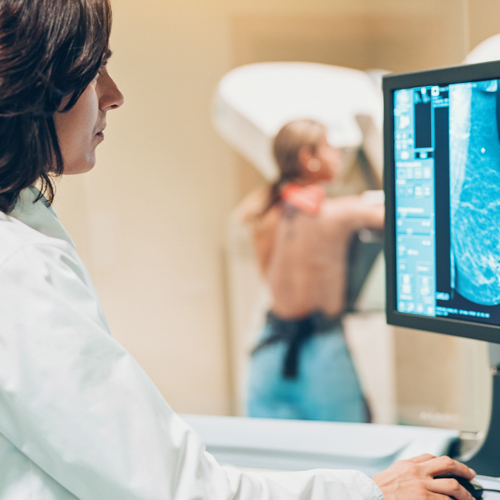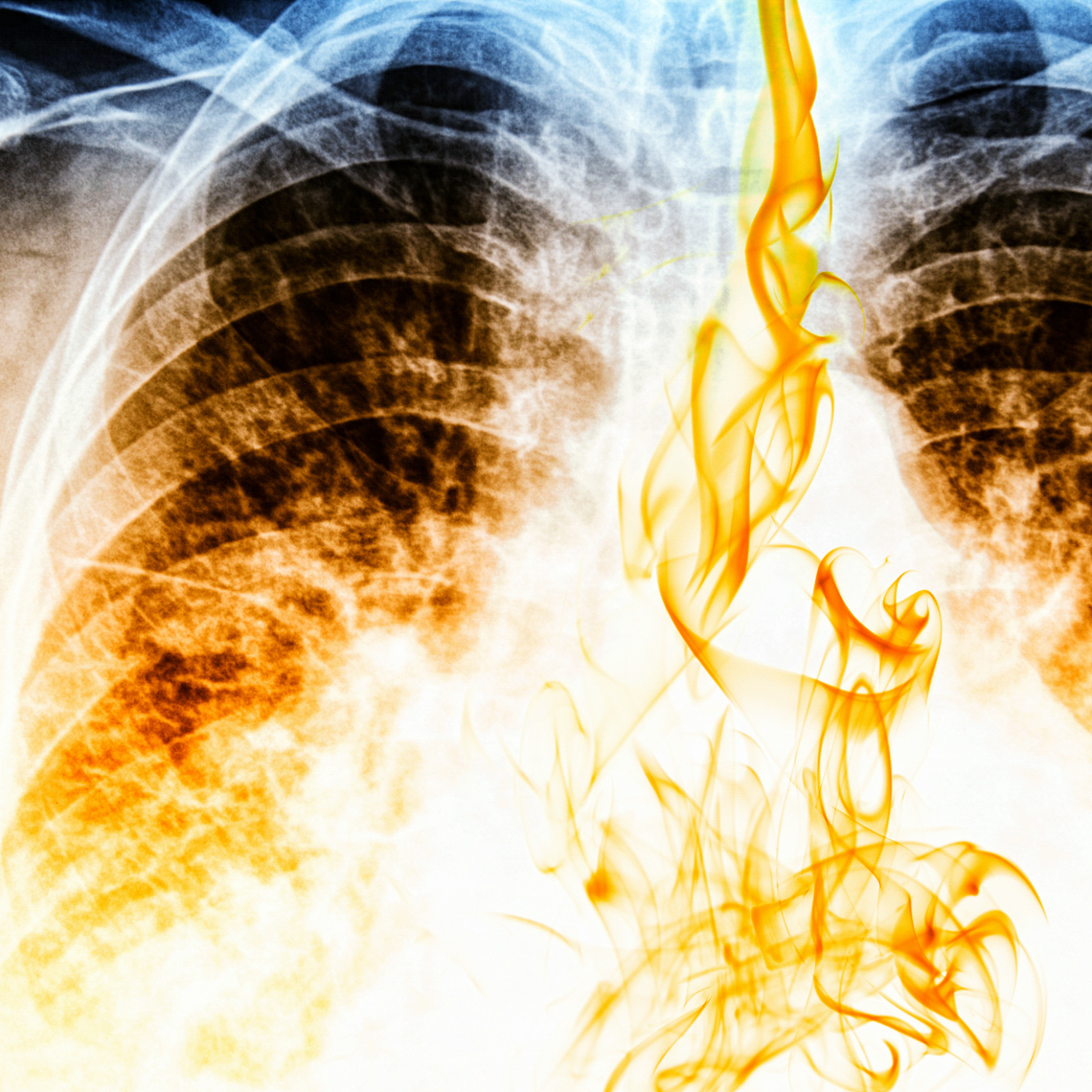Newsletter
Real Events, Real Opportunities for Improvement
Feb 24, 2015
Has this type of event ever happened in your practice?
|
|
|
|
|
|
Events that trigger malpractice cases present valuable opportunities to identify vulnerabilities in communication, clinical judgment, and patient care systems. The above scenarios—based on real malpractice claims and suits—illustrate some of the biggest risks facing office-based caregivers and their patients.
And, they are part of a new tool for improving patient safety.
Through its Office Practice Evaluation program and analysis of medical malpractice data, CRICO continuously identifies opportunities for improving patient safety for patients receiving office-based care. In concert with clinical experts and experienced office-based providers, CRICO has produced a series of Safer Care modules to help reduce the risk of patient harm in the course of diagnosis and treatment.
Each module focuses on a single area of risk, but addresses issues that arise across a range of patient presentations, diagnoses, and clinical scenarios. Practices can further benefit by conducting a quick patient safety assessment related to the key issues in the malpractice case example, and the applicability of the experts’ recommendations.
For Massachusetts physicians, each Safer Care module is suitable for Category 2 risk management credits.
Additional Material
Latest News from CRICO
Surgeon’s Coaching Techniques in the Surgical Coaching for Operative Performance Enhancement (SCOPE) Program


Ambulatory Safety Nets: Protecting Providers and Promoting Safety with Systems to Reduce Delayed Cancer Diagnoses

Utilization of Electronic Health Record Sex and Gender Demographic Fields: A Metadata and Mixed Methods Analysis




